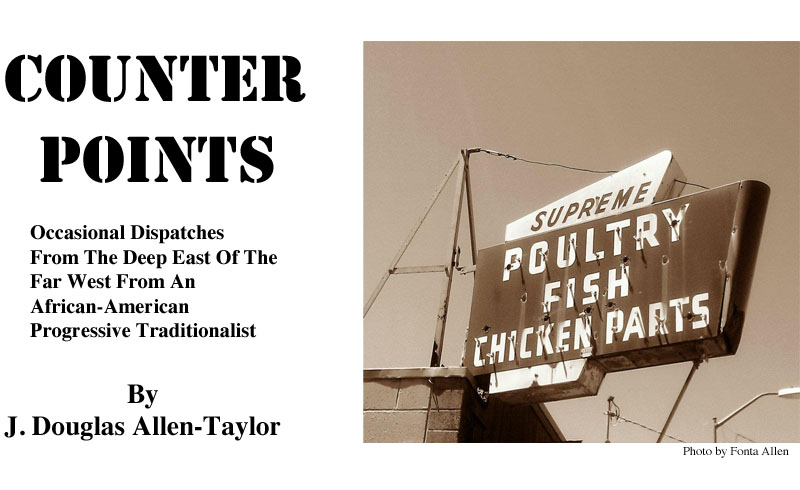|
|
THE LEGACY OF OCCUPY OAKLAND
It has been only a few months, really, since the tents and lean-to’s and daily general assemblies and demonstrations disappeared from Oakland City Hall’s Frank Ogawa Plaza, or since Occupy Oakland held the attention of the central portion of the city with Fuck The Police marches or attempts at building or property takeovers. What did Occupy Oakland stand for? What did it accomplish besides a momentary capture of our attention and disruption of activity at City Hall and in a handful of Oakland neighborhoods? If we ever knew the answer to those questions about a movement that so dominated headlines and discussion through the end of 2011 and a good portion of 2012, that knowledge has largely disappeared from the general Oakland consciousness. And that is regrettable, because whether one thinks Occupy Oakland played a positive or negative role in the city’s life last year, or somewhere in between, understanding the Occupy Movement and why its flame rose so high and fast and then fluttered out so quickly in our city would also help us get a better understanding of who we are as a city, and what we stand for. That is in large part because Occupy Oakland did not just take the usual community dissent route of protesting against particular city policies or actions. It also challenged—and offered an alternative—to the city’s process of making decisions. The City of Oakland, like almost every other governmental entity in the country, operates under a decision-making system of representative majority-rule democracy. The city’s governing body, the City Council, is elected by 50% + 1 citizen ballot (yeah, I know that ranked choice voting complicates the situation, but it comes out to the same principle that a candidate wins by eventually piling up a simple majority of the counted votes). The Oakland City Council then passes city ordinances on the same principle, by a simple majority vote. Sometimes, some of the minority view’s positions are incorporated into the final decision by a Councilmember who holds out his or her vote until such provisions are put in. But just as often—maybe more often—Council decisions are on an either-or basis where the majority gets everything it wants, and the minority nothing. Occupy Oakland in particular—and the national Occupy Movement in general—was extremely critical of this general form of majority-rule democracy, and offered, in its place, something that they called a “modified consensus process” for making its own decisions. The purpose of this process was to ensure that minority views within Occupy were not just considered but always incorporated, if possible, because even a small minority could block any proposal that went against their wishes. Occupy Oakland itself described this process as “striv[ing] for full consensus (100% agreement) by allowing ample time to discuss everyone’s questions and concerns and make amendments.” (“Occupy Oakland General Assembly: Bottom Up Democracy” NMDnet October 28, 2011) Occupy’s consensus operated under a somewhat confusing two-step process. A proposal for any new Occupy Oakland policy or organizational direction—the equivalent of the City Council’s resolutions and ordinances—could not be offered by an individual Occupy participant, but only by a recognized member organization or committee, and then only if 100% of that organization or committee itself (an absolute consensus) agreed with the proposal. Once such a proposal was offered, it could be considered by Occupy’s General Assembly—a regular gathering of everybody who showed up at the meeting—and could only be adopted if approved by 90% of those in attendance, the so-called super-majority. Occupy’s modified consensus form of governing had some unintended consequences. Whereas the majority-vote governance it was designed to replace allows, by its very nature, the majority to block out the views and positions of the minority, the modified consensus form allows the minority to do exactly the same to the minority. I witnessed that first-hand at the Occupy General Assembly at Frank Ogaway Plaza in November of 2011, when supporters of a proposal to make “violence and vandalism unwelcome in [the Occupy Oakland] movement” were forced to withdraw it because it was clear that a minority of the General Assembly members were adamantly opposed. Occupy Oakland’s inability to condemn the violence and vandalism of a minority of its members—violence and vandalism that the majority of Occupy Oakland did not agree with—was one of those things that led directly to the loss of public support for Occupy Oakland, and eventually to its demise as an active Oakland movement. (“The Movement In Oakland Is On Life Support” Occupy Oakland November 9, 2011) Crooks & Liars website has just posted an excellent article by Senior Editor Diane Sweet analyzing and condemning national Occupy’s use of consensus as an internal governing principle (“Occupiers, Stop Using Consensus!” Crooks and Liars February 15, 2013). I’d recommend it for anyone interested in getting some background on the subject. Occupy Oakland brought enormous, youthful energy and radical ideas and practices to our city. They were an important, serious movement that demanded to be taken seriously. Whether the movement has completely shattered or is only on temporary hiatus, I don’t think their brief moment in the sun should be so quickly forgotten. We should talk about what they did right and what they did wrong, and learn from each. The jury is still out, and further discussion and deliberation on this subject is certainly in order.
|
